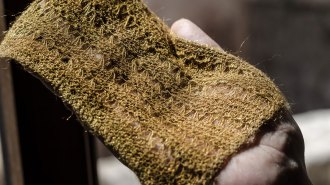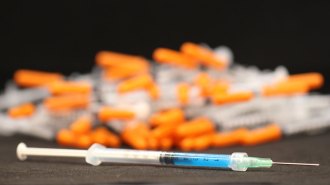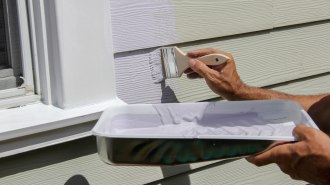Adhesive loses its stick with heat
- More than 2 years ago
Like the sticky stuff on Post-It notes, a new epoxy adhesive can bind and unbind

materials repeatedly.
The adhesive is the first epoxy that’s sticky enough to hold materials together at
low temperatures but that reversibly loses its grip when hot, says Jim Aubert,
whose team developed the epoxy at Sandia National Laboratories in Albuquerque.
Some polymers also show this trait in reverse (SN: 8/21/99, p. 118: http://www.sciencenews.org/sn_arc99/8_21_99/fob6.htm).
Engineers could benefit from a reversible adhesive when building complicated
machinery or weapons that might later need updating with new parts or electronics,
Aubert suggests. Such an adhesive would also make it easier to fix a problem
discovered when a product is assembled or tested or when a machine is dismantled
for recycling, he says.
The new epoxy is adhesive between room temperature (about 25C) and 60C, but it
melts around 90C to 130C, says Aubert.
Aubert’s team created the easily removable adhesive using conventional epoxy-making materials but added a twist: They built in so-called Diels-Alder bonds,
which are common chemical linkages that break at high temperatures.
The epoxy does have two limitations, notes Aubert. It can’t bind parts in high-temperature environments such as automotive engines and it loses its reversible
bonding capability after about a half-dozen cycles of bonding and releasing.







